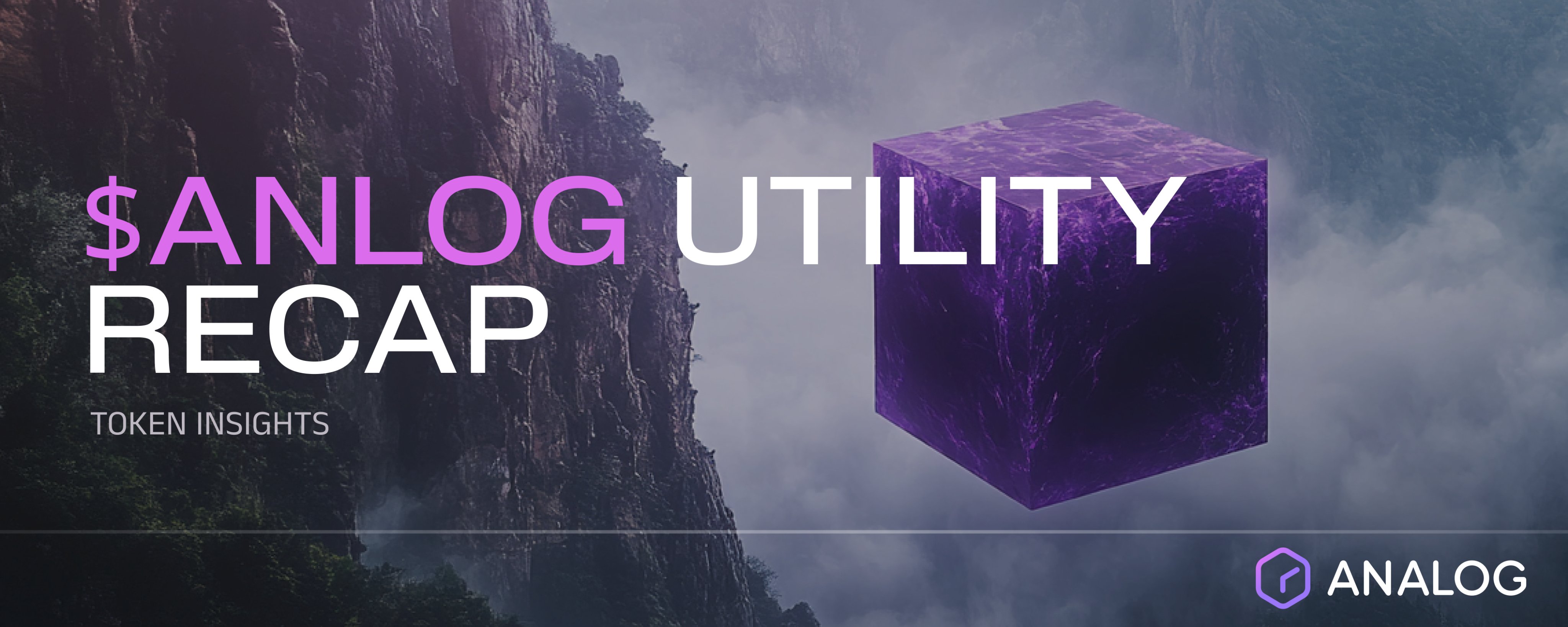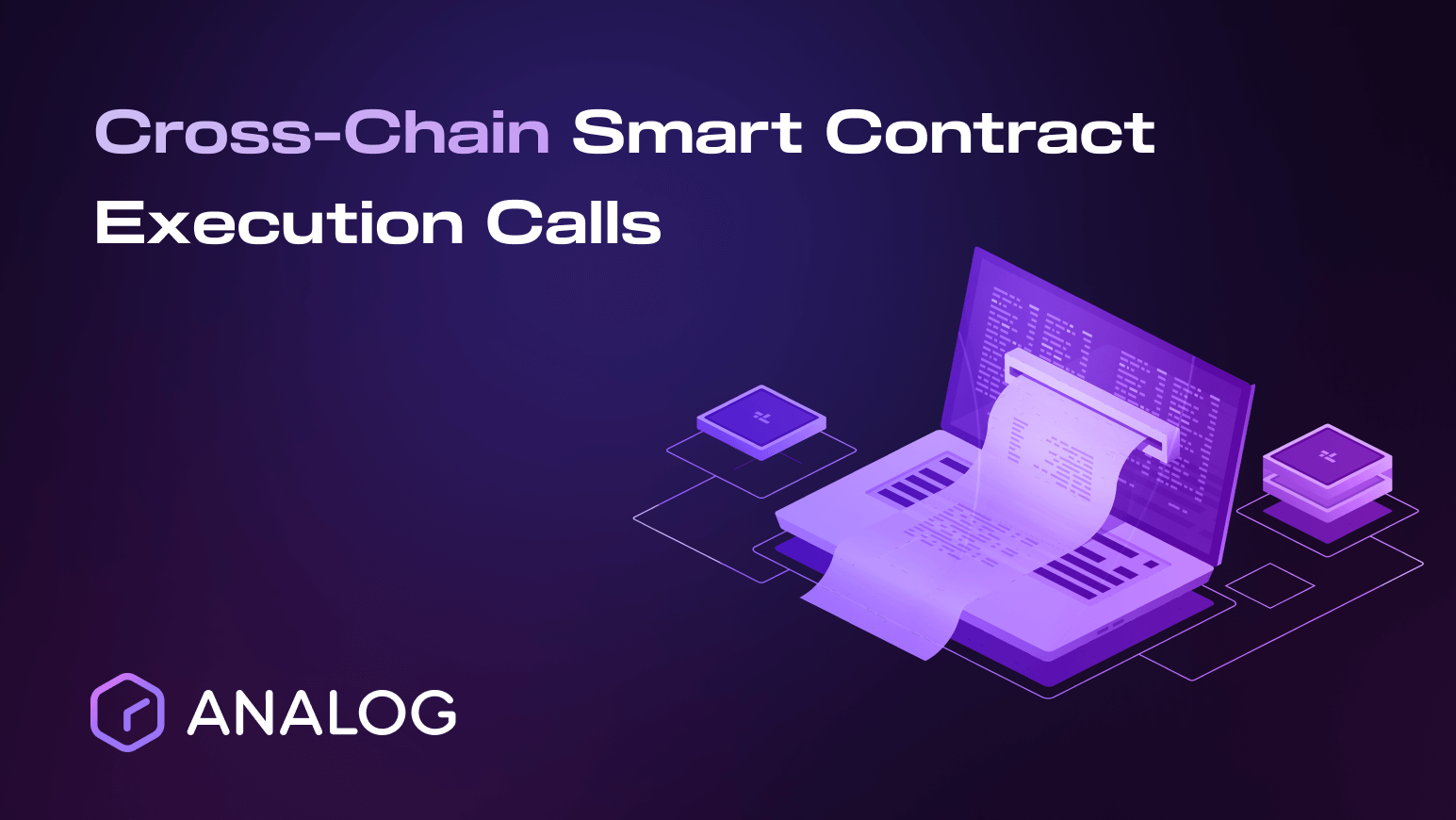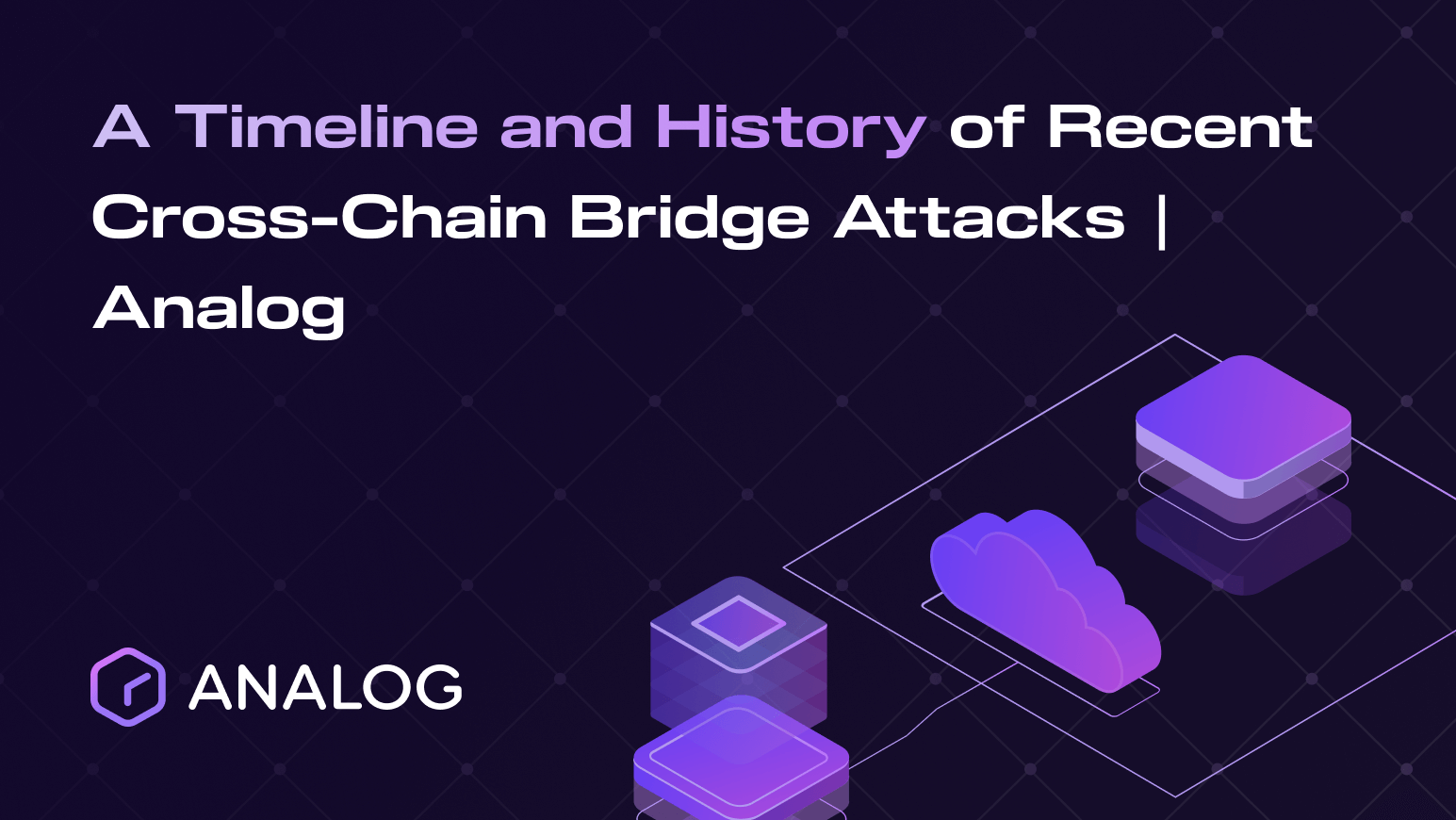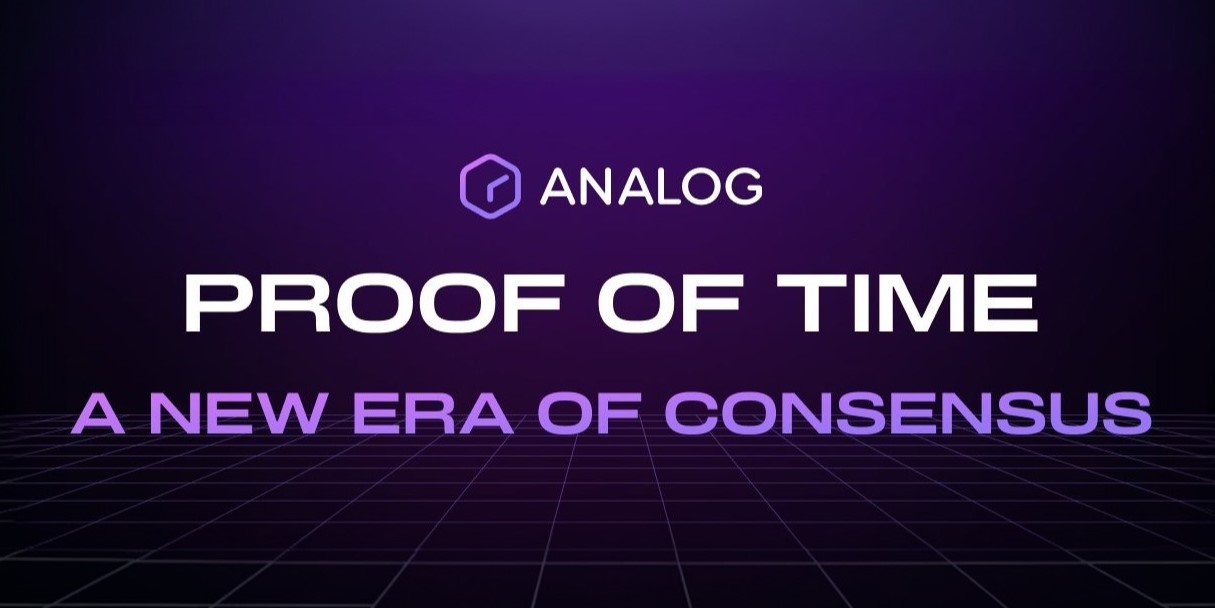
As the Analog ecosystem expands, so does the role of our native token.
$ANLOG isn’t just a staking asset. It’s being woven into the foundation of every major product and system we’re building.
Here’s a quick breakdown of what that actually means.
Our Intent with $ANLOG
We’re not treating $ANLOG as a speculative asset. It’s being built as core infrastructure. Every new feature, integration, and protocol extension is designed to route more activity through the token turning it into a native layer of value and execution for omnichain DeFi.
Our goal is simple: Make $ANLOG indispensable for developers, traders, and protocols who want to interact across chains.
The more useful it becomes, the more it flows.
And the more it flows, the more essential it becomes.










